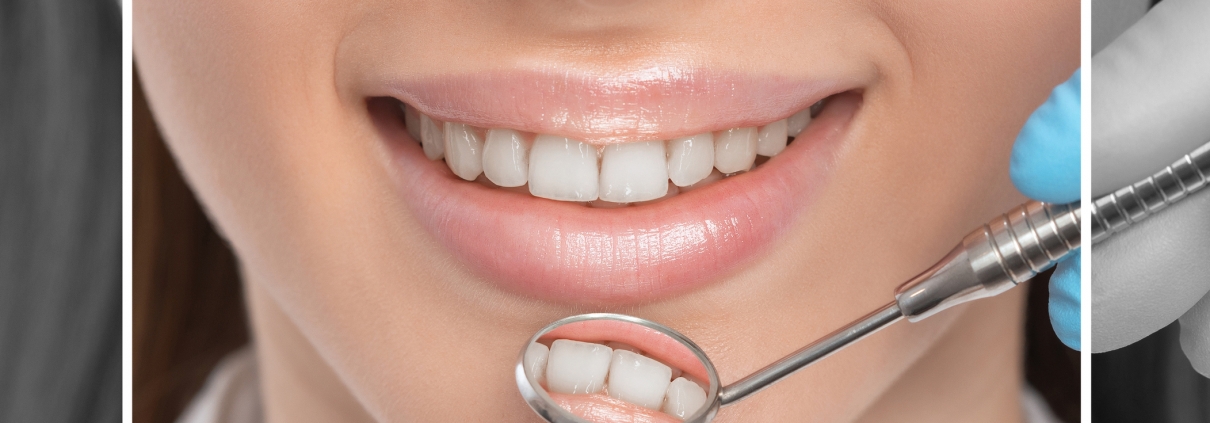Relationship Between Tooth Size and Facial Form
Our teeth play a crucial role not only in chewing food but also in shaping the appearance of our faces. The size and proportions of our teeth can significantly impact facial harmony and aesthetics. In this article, we explore the intricate relationship between tooth size and facial form, shedding light on how dental proportions contribute to overall facial aesthetics and symmetry.
The Importance of Dental Proportions
Facial Balance and Harmony:
Properly proportioned teeth contribute to facial symmetry and balance, enhancing overall aesthetics.
Irregularities in tooth size or alignment can detract from facial harmony and affect self-confidence.
Functional Considerations:
Teeth that are too large or too small may affect occlusion (bite), leading to issues such as malocclusion or temporomandibular joint (TMJ) disorders.
Properly sized teeth facilitate efficient chewing and speech articulation.
Tooth Size and Facial Form
Smile Aesthetics:
The size and shape of front teeth, particularly the central incisors, greatly influence the appearance of the smile.
Proportional central incisors that are neither too large nor too small contribute to an attractive smile line and facial esthetics.
Golden Proportion:
The “golden proportion,” a mathematical ratio found in nature and art, is often used as a guide for ideal tooth proportions.
According to this ratio, the width of the central incisors should ideally be 1.618 times wider than the lateral incisors, creating a harmonious balance.
Facial Symmetry:
Well-proportioned teeth contribute to facial symmetry, which is considered a hallmark of beauty in many cultures.
Asymmetric tooth sizes or discrepancies in dental proportions can affect the perception of facial attractiveness.
Dental Solutions for Improving Tooth Size and Proportions
Orthodontic Treatment:
Orthodontic procedures, such as braces or clear aligners, can correct misalignment and irregular tooth size.
Orthodontists can use techniques like dental arch expansion or tooth reshaping to achieve optimal dental proportions.
Cosmetic Dentistry:
Dental veneers or bonding can alter the shape and size of teeth to improve facial harmony and aesthetics.
These minimally invasive procedures can address issues like small or misshapen teeth, creating a more balanced smile.
Full Mouth Reconstruction:
For individuals with severe dental discrepancies, a full mouth reconstruction may be necessary.
This comprehensive treatment plan involves restoring the entire dentition to achieve optimal function and aesthetics.
Considering Individual Factors
Facial Structure:
Dental proportions should be tailored to individual facial features and proportions.
Factors such as facial shape, lip size, and gum display influence the ideal size and shape of teeth.
Age and Gender:
Age and gender can influence dental proportions and aesthetics.
Younger individuals may have larger teeth with more pronounced edges, while older individuals may have worn or smaller teeth.
The size and proportions of our teeth are integral components of facial aesthetics and harmony. Achieving the ideal balance requires consideration of individual facial features, dental proportions, and functional considerations. By understanding the relationship between tooth size and facial form, individuals can explore dental solutions that enhance their smiles and overall facial aesthetics. Whether through orthodontic treatment, cosmetic dentistry, or full mouth reconstruction, achieving dental harmony can have a profound impact on confidence and self-esteem, creating smiles that radiate beauty and balance.

